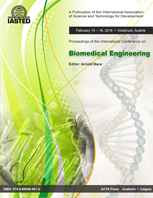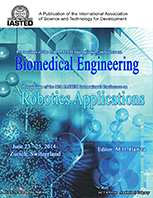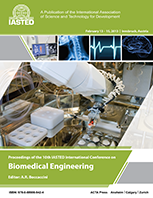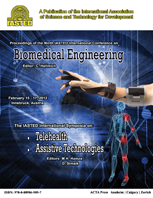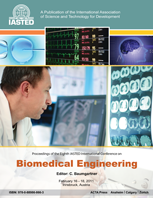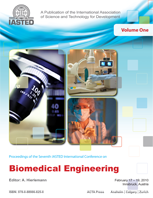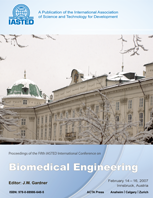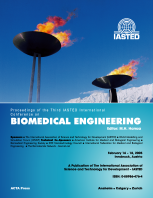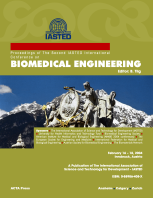The Eighth IASTED International Conference on
Biomedical Engineering
Biomed 2011
February 16 – 18, 2011
Innsbruck, Austria
KEYNOTE SPEAKER
From high-resolution multi-channel ECG to patient individual cardiac electrical activation times
Abstract
Cardiovascular diseases are a major cause for deaths in the industrial countries. Patients suffering from cardiac arrhythmias or any type of cardiomyopathy are nowadays treated – additionally to medical therapies – with either interventional techniques (electrophysiological studies performed in the catheter laboratory), pacemakers or implantable cardioverting defibrillators (ICDs). These procedures or devices ideally restore the normal cardiac electrical function (and thus – in general – the mechanical contraction of the atria and ventricles) and therefore constitute an essential type of therapy.There exists, however, a non negligible number of patients, whose properties with respect to the spread of electrical excitation within their hearts cannot be improved. In order to overcome these and other drawbacks related to effective treatment Non-invasive Imaging of Cardiac Electrophysiology (NICE) may help to get information about cardiac electrical properties of the individual patient and support the cardiologist to find the optimal therapeutical strategy.
NICE has been developed by our research group over the last 20 years. It combines 3D-medical imaging techniques (like Magnetic Resonance Imaging – MRI) with multi-channel high resolution body surface ECG mapping in order to calculate the patient individual cardiac electrical properties (i.e., solving the inverse problem of electrocardiography). Consequently, this method constitutes a non-invasive procedure.
In cooperation with the Medical University Innsbruck (Division of Cardiology) this method has been successfully validated in over 60 patients. Future work will focus on further (multicentric) studies and on extending the fields of application of this method in order to be able to determine, e.g., areas of myocardial infarction or to localize myocardial areas which are affected by atrial fibrillation.
Biography of the Keynote Speaker
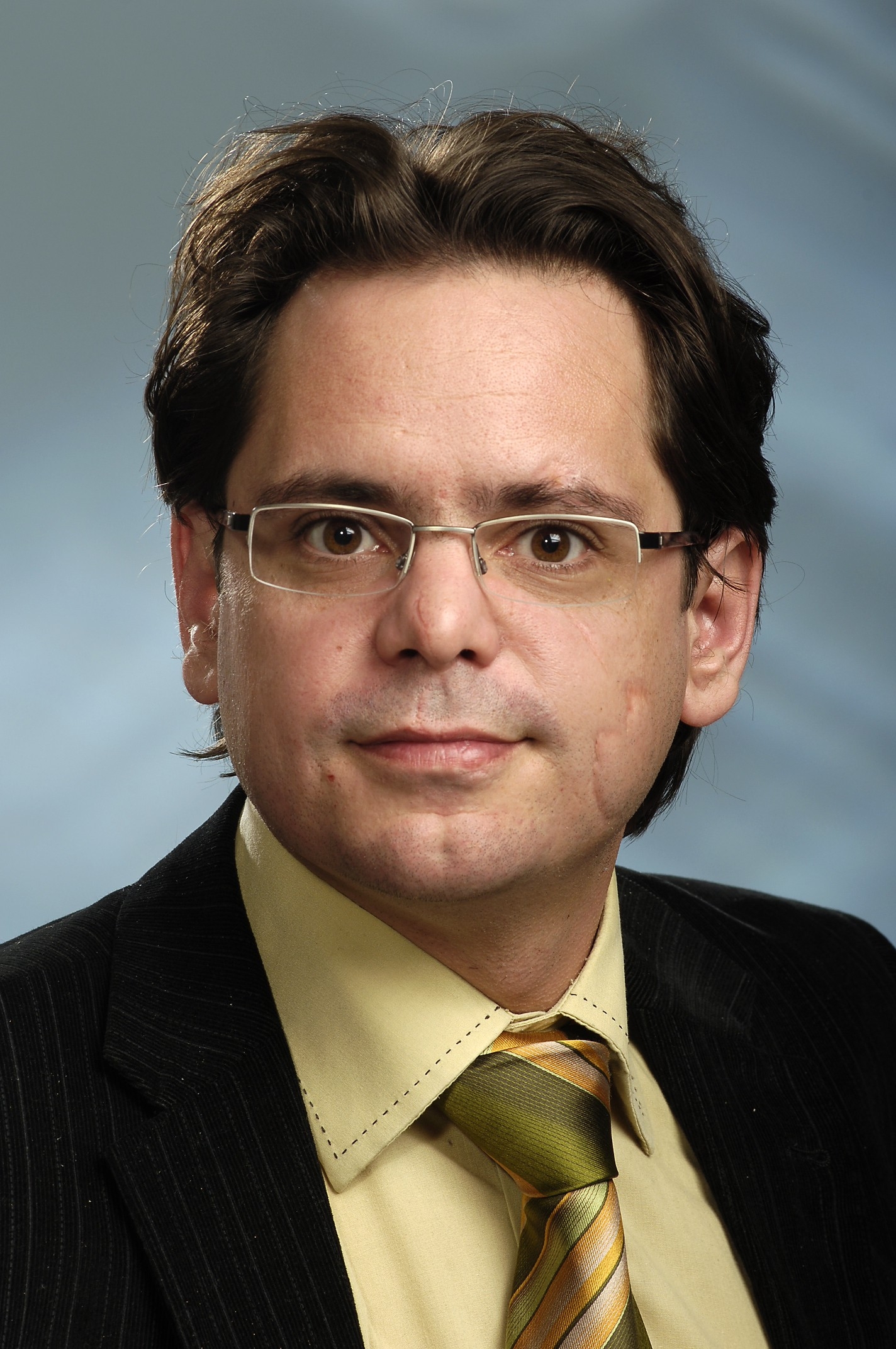
Assoc.Prof. Dr. Michael Seger is currently Senior Research Scientist and Head of the Research Division for Mathematical Decision Support Systems at UMIT – The Health and Life Sciences University – at the Department for Biomedical Sciences and Engineering. He received his master degree in biomedical engineering at Graz Technical University and his doctoral degree in biomedical informatics at UMIT.
He is an editorial board member of the Open Medical Informatics Journal and reviewer of several journals in the field of biomedical engineering and bioinformatics. His research interests include numerical solution methods for solving the forward problem of electrocardiography, techniques applied to solve the ill-posed inverse problem of electrocardiography, modelling and simulation of biophysical, physiological and technical systems and compounds, biomedical signal processing and medical imaging methods and techniques.






